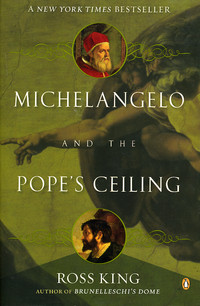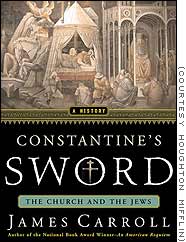Here Comes Everybody – Clay Shirkey
I am a big Barack Obama supporter, however, one of the historic areas that Barack Obama was able to gather support and votes was by using social networking sites to gather support. As the Washington Post called him “Social Networking King” and other sites championed his cause, he was not only the first black person that will be nominated for a Presidential Primary he was able to build up support from the bottom-up. This is much different from convential organizations that are organized from the top down and describes the premise of this book.
Clay Shirkey’s argument is that we are in a communication revolution. With the advent of the internet, it is becoming much easier to form social groups to organize much better than we could years ago. It is becoming much cheaper to publish material for the entire world to see. For example, this blog, (outside of where it might be censored) is available everywhere in the world and is costing me very little in terms of distribution costs. It is a point in history, that Shirkey explains that we must all be aware of. If we go back through the history of time we realize that there have been those points that have allowed for a greater ability to communicate with each other.
What is different about this revolution is that it is the first time that industry is playing a lesser and lesser role in the ability to communicate and form groups.
If you think back 20 years ago it would have been difficult for a presidential campaign to organize like they could now. It would have to be from the top down, organizing in every city and state as there were not those mechanisms for groups to form on their own. Money would have to be spent organizing locations where they would speak and that information would have to distributed in such a fashion that would ultimately be very expensive to do so.
With tools such as Facebook, however, groups can form very cheaply and at no expense to the organization. Their support is more run by the group themselves rather than from the top which allows for very little guidance necessary.
We see this with tools like You Tube, Facebook, Myspace, Flickr and Twitter to name a few, some of the group forming tools available on the internet. We are also faced with a wide array of information that does not come from conventional sources. A blog for instance might post photos from Myanmar, to show how the government is withholding information or the London Terrorist Subway Bombing photos can be posted on Flickr at the moment of it happening, not just as a way to inform friends that an individual might be okay but to inform the public as well of the disaster as it is happening. Media is not just limited anymore to those corporations that have in the past accustomed to control it.
As successful as the Obama Campaign has been, one of the bigger attacks against the campaign was a video of the Rev. Wright that contained snippets of some of his sermons at the Trinity United Church of Christ. Seinfeld’s Michael Richards probably did not think that anyone would be pulling out their cellphone and video recording his racist hate filled speech at a couple of blacks in the audience. However, once that went to Youtube and was seen by millions, Richards became faced with a dilemma of his own.
Not only are social networks able to be formed but those networks can connect individuals with common interests. For example, the rise of Open Sourced Software became predominant once people had the ability to communicate freely. Where a topic like open source becomes so important is that it allows the users the ability to access the source code and manipulate and or create additions on their own. WordPress (This blog too) for example is open sourced which means that there are hundreds of people working on applications in order for it to work with other applications. Where open sourced differs, is that failure is free. Like other open sourced software, there is no cost for WordPress. Unlike business when there is a cost for any failure, there would be none for WordPress as it is run by dedicated users that support the product. This is needed for innovation as we realize that not every idea is going to be successful. Industry on the other hand has a harder time dealing with failure.
Shirkey’s book should have not just interest within the tech circuit but read by anyone in any industry trying to get a grasp of the tools of the 21st Century.



